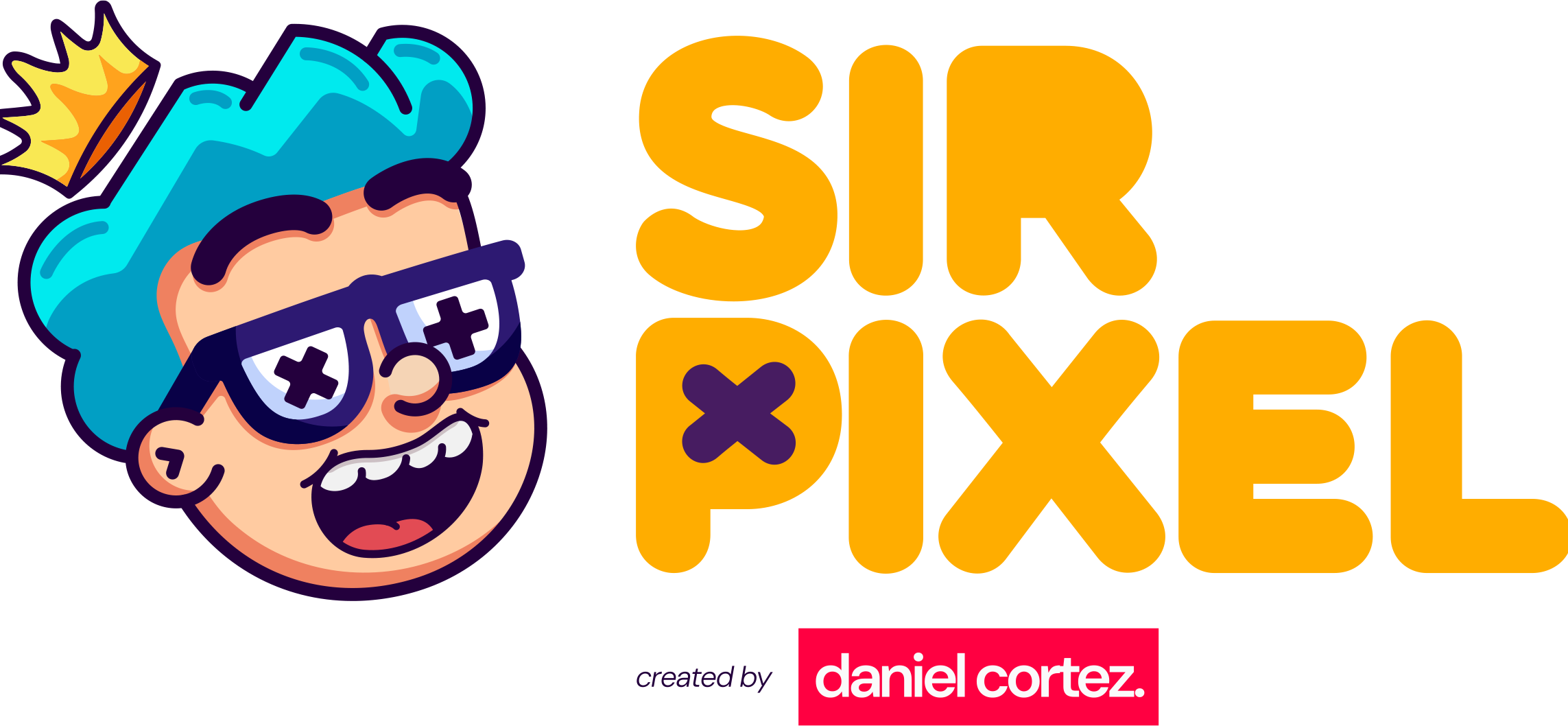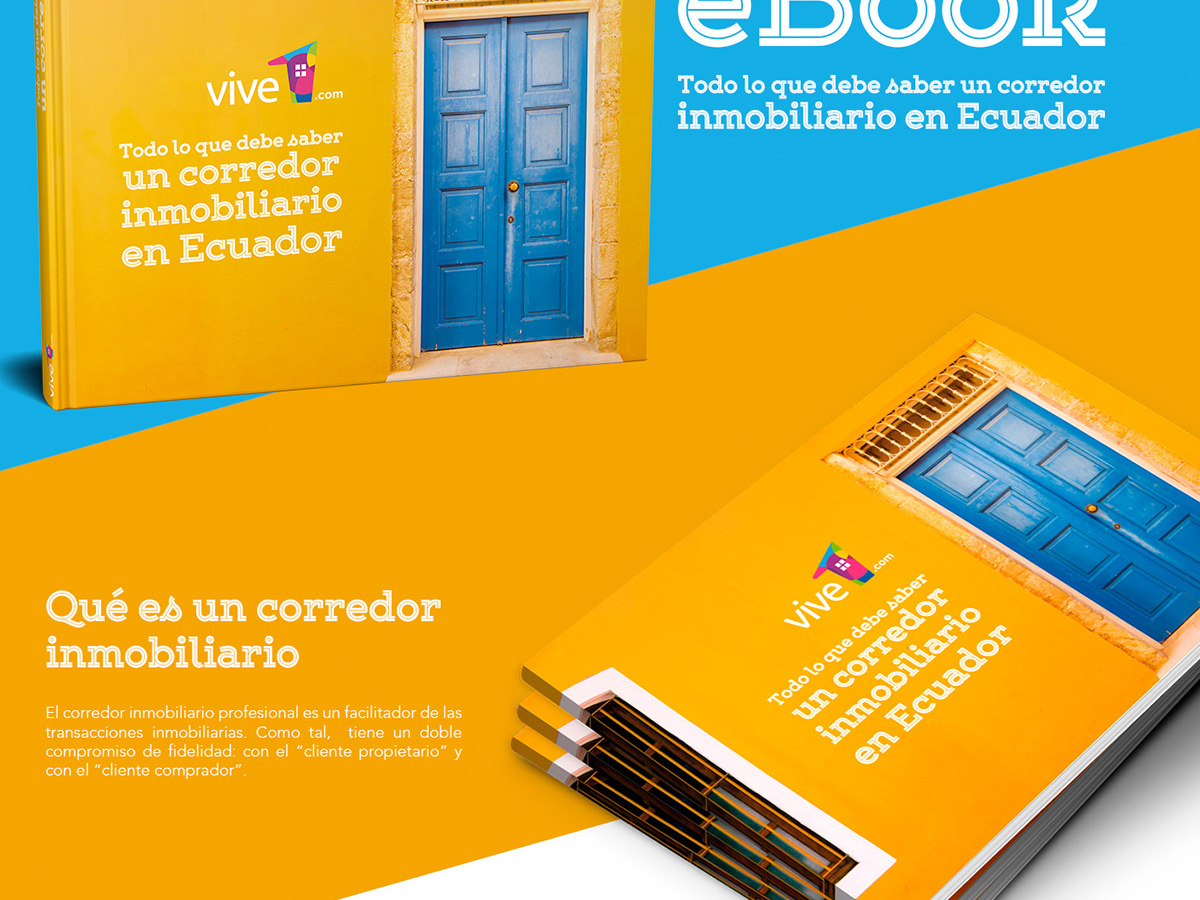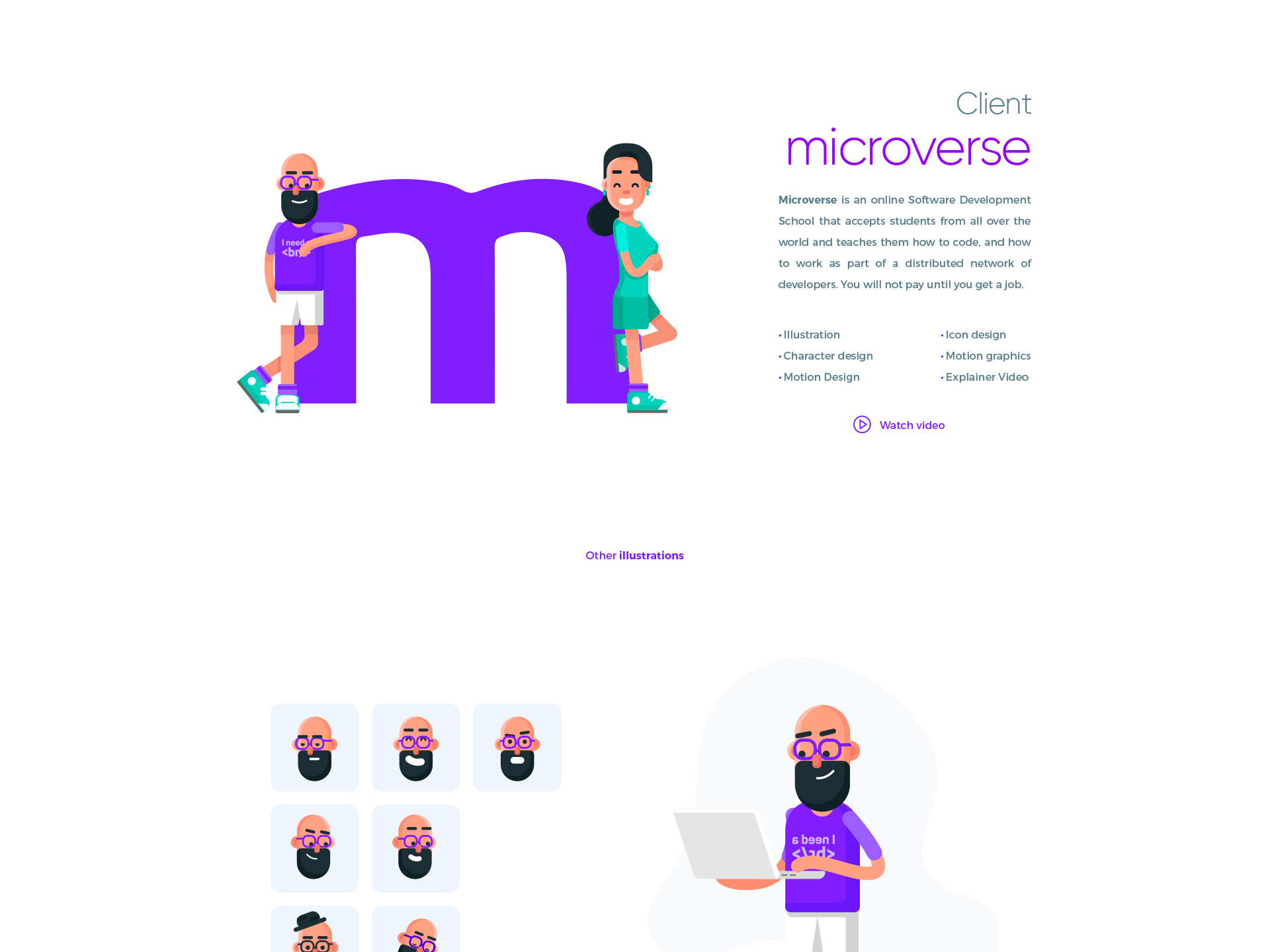Creating a visual identity for software related to mechanical arms involves designing a brand image that communicates the essence and values of the product while resonating with its target audience. Here's a step-by-step guide to developing a visual identity for such software:
1. Understand Your Audience:
Start by identifying your target audience. Are you catering to engineers, robotics enthusiasts, industrial manufacturers, or a specific niche within the mechanical engineering field? Understand their needs, preferences, and pain points.
2. Define Your Brand Identity:
Determine the core values, mission, and unique selling propositions (USPs) of your software. What problem does it solve, and what sets it apart from competitors? Your visual identity should align with these principles.
3. Logo Design:
Design a logo that represents the essence of your software. Consider incorporating elements like mechanical arms, gears, or robotic elements into the design. Ensure the logo is versatile and works well in various sizes and contexts.
4. Color Palette:
Choose a color palette that reflects the technical and mechanical nature of your software while evoking trust and professionalism. Often, industrial colors like blues, grays, and metallic tones work well.
5. Typography:
Select a clean and modern typeface for your brand. Fonts with a technical and futuristic feel can convey the software's innovation and sophistication.
6. Imagery Style:
Define an imagery style that showcases the practical applications of your software. Use images that highlight mechanical arms in action, either in industrial settings or research laboratories. Ensure these images are high-quality and align with your brand's visual language.
8. Visual Elements:
Consider incorporating visual elements like gears, cogs, or circuit patterns into your design assets. These elements can help reinforce the software's mechanical and technical focus.
9. Brand Guidelines:
Create a comprehensive brand style guide that documents how to use all the visual elements consistently. This guide should cover logo usage, color codes, typography rules, iconography, and imagery guidelines.
Creating a visual identity for software related to mechanical arms involves finding the right balance between technical precision, innovation, and user-friendliness. A well-executed visual identity can help your software stand out in a competitive market and convey its capabilities effectively to potential users and clients.
Thanks for Watching!
chicopixel.com
Created by: Daniel Cortez (Chicopixel)| Designed for: SRI Internacional
Designed in: Scale at Speed Agency | Location: USA
Designed in: Scale at Speed Agency | Location: USA
2023®










